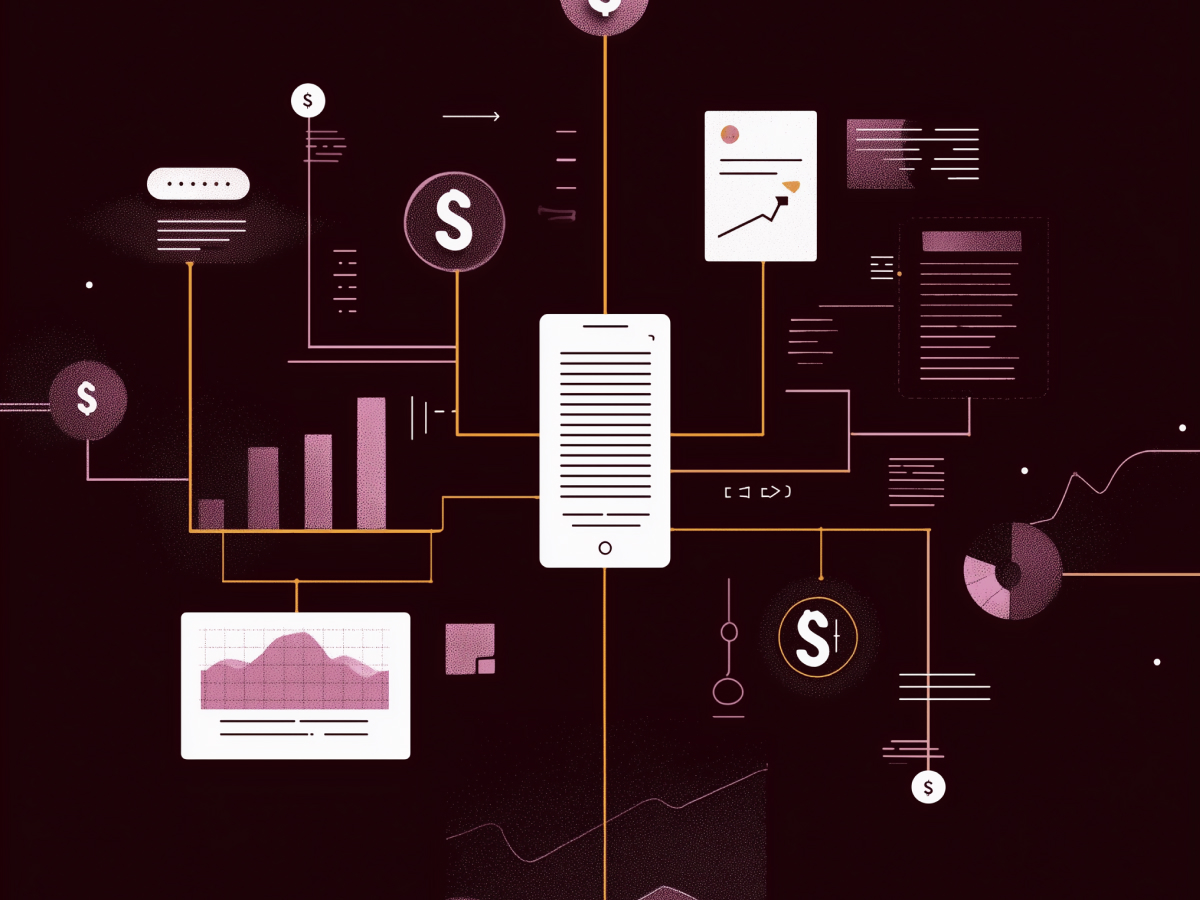New AI tool for identifying and patching open-source vulnerabilities
The state of open-source software security has been broken for a long time. Most vulnerabilities stick around not because they’re hard to detect, but because no one gets around to patching them at scale. That’s starting to change. A team of Dutch and Iranian researchers developed a generative AI tool that detects and patches security vulnerabilities across massive code repositories like GitHub. It locks onto specific patterns of unsafe code, like a path traversal flaw in Node.js that’s been floating around for over a decade, and automatically generates patches.
In one test run, the AI combed through GitHub and pinpointed 1,756 Node.js projects using vulnerable code, some described as “very influential.” It sent reports to maintainers, and 63 projects had been patched by the time the results were published. This tool moves us closer to a world where machines handle the routine, large-scale cleanup work so developers can spend more time solving harder problems.
For executives managing software portfolios or digital infrastructure, this is a clear step forward. With AI monitoring and mitigating threats before they spiral into security incidents, risk goes down, and development velocity goes up.
Contaminated training data leads to reproduction of vulnerable patterns
There’s a catch, and it’s a big one. The same AI tools meant to catch bad code are sometimes spreading it. That’s because LLMs (Large Language Models), like the ones running this security tool or powering ChatGPT, train on open-source codebases. These codebases contain outdated, flawed, and vulnerable patterns. When an AI model trains on this data, it can unknowingly reproduce those same vulnerabilities in generated code, even if you tell it to write something secure.
The research team confirmed that these models, when exposed to older examples with embedded security flaws, would simply repeat those flaws in new code. That means the bug isn’t just in your GitHub project, it’s in the AI’s brain. At this stage, fixing code isn’t enough. You have to clean the data pipeline feeding the models.
For C-suite leaders, especially CIOs and CTOs, this is a wake-up call. You don’t just audit apps anymore, you audit your models. If your AI systems are making decisions or writing code, you need to know what they were trained on. Contaminated training data means you’re embedding old mistakes into new systems. Fix that, and your AI tools become actual assets to your security strategy. Ignore it, and you’ve just installed a high-speed vulnerability generator.
Persistent human practices and community norms perpetuate insecure code
Technology isn’t the only problem. People, and by extension, the habits they’ve formed, are a major part of why insecure code stays alive. Since 2010, developers have been using and reusing a Node.js code snippet that contains a dangerous path traversal vulnerability. The problem was pointed out multiple times, in 2012, 2014, 2018, but the pattern never went away. It kept being reposted, implemented, and even used in beginner-level educational content, including courses and documentation from trusted developer communities.
The issue isn’t just ignorance. Developers often debated security concerns in public forums, and even when someone flagged the code as vulnerable, others pushed back, insisting it was safe after limited testing. And that’s a recurring problem. Common developer tools like browsers or curl commands won’t trigger the vulnerability under normal conditions, but that doesn’t mean it isn’t exploitable. Attackers do not use tools the same way developers do.
For executives leading engineering organizations, this is a signal that culture matters as much as code. You can’t count on the community to self-correct, especially when security knowledge isn’t distributed evenly. That’s why internal security reviews, better documentation standards, and training programs should be part of the roadmap. You’re not only securing systems; you’re also updating habits that have gone unchecked for over a decade.
Limitations in the AI tool impact its scalability and effectiveness
Despite its progress, the AI tool isn’t a complete fix. It scans for one specific vulnerability pattern, which means it won’t catch variants or entirely different classes of flaws unless it’s extended and retrained. And even when it does patch a vulnerability, that patch can be missed or bypassed in forked projects. Open-source development is distributed, versions of the same code live in thousands of places, many of them outdated or orphaned. One patch won’t reach every branch unless the fix is applied project by project.
There’s also the question of patch quality. AI-generated fixes can introduce new bugs. Right now, the tool sends the patch to human maintainers along with a severity score, but there’s no guarantee the code has been fully tested. The actual responsibility for integrating and validating the patch still falls on the project maintainer. This requires oversight, process, and follow-through.
If you’re running tech teams or managing product portfolios, the implication is clear: you can give AI a seat at the table, but it still needs a human counterpart. Use the tools to boost throughput and uncover gaps, but maintain strong review processes and code governance to avoid trading old flaws for new ones. Sustainable automation starts with understanding its limits.
Trust, responsibility, and oversight concerns in AI-powered patching
Automating code fixes with AI sounds efficient until you ask who takes responsibility when something breaks. That question still has no clear answer. Robert Beggs, Head of DigitalDefence, raises real concerns here. He questions whether repository maintainers will be able to detect if a patch generated by AI introduces a new vulnerability. More importantly, who’s accountable if that happens? Is it the researcher, the developer, the AI vendor, or the project maintainer?
If a machine-generated patch harms a public project, there’s economic and reputational risk. Depending on the target, one patch could affect upstream and downstream dependencies across entire ecosystems. The current model places final responsibility on the project maintainer. The AI tool creates a patch, assigns it a CVSS (Common Vulnerability Scoring System) score, and includes a report. But there’s no integrated testing or validation built into the remediation process, yet.
C-suite leaders need to factor this into risk policies around automation. Adding AI to code workflows means expanding governance, not replacing it. You’ll need review checkpoints, auditing frameworks, and clear communication protocols between teams using AI and those maintaining code. Without that, patch automation could become a liability. With it, you gain speed, but without losing control.
Future enhancements and expanded utility of the AI tool
The team behind the AI patching tool isn’t stopping. Their plan is to release it publicly at a security conference in Vietnam, with a roadmap to extend and improve the system. Right now, it targets just one vulnerability pattern effectively. Future iterations will expand detection to other known insecure code structures. Patch creation will also be refined to reduce risk and improve accuracy, especially in diverse coding environments with nonstandard implementations.
This iterative development enables broader impact, but it also increases complexity. Integrating new vulnerability types into the model means retraining and revalidating. Each expansion introduces new edge cases and dependencies. But that’s the direction this space needs. It’s not just about automating low-level corrections, it’s about giving teams tools they can scale with.
Leaders should keep their eyes on these developments. As tools like this evolve, they will become key infrastructure for securing open-source assets your organization depends on. Ensuring continued compatibility, stability, and trust in these tools will be critical as adoption grows. Strategic investments in this technology, especially when paired with responsible, human-in-the-loop workflows, will create long-term advantages.
Key takeaways for decision-makers
- AI-led patching at scale is now viable: A generative AI tool has demonstrated the ability to scan and patch thousands of open-source projects efficiently, showing strong potential for automating large-scale security maintenance.
- Training data hygiene is critical for AI reliability: AI models trained on flawed open-source code may replicate vulnerabilities in new code, making it imperative for leaders to scrutinize training data and invest in model retraining protocols.
- Developer habits continue to fuel long-standing risks: Insecure code patterns persist across platforms due to community misinformation and routine reuse, highlighting the need for better internal coding standards and targeted developer education.
- Automation needs structured oversight to scale safely: The AI tool’s limited vulnerability scope and dependency on human validation underline the importance of maintaining rigorous governance and quality control over AI-generated patches.
- Accountability must be defined before integration: Without clear structures on who owns the risk from AI-generated patches, leaders should delay full integration until responsibility, review workflows, and fail-safes are established.
- Continued development will expand tool usefulness: The research team plans to add support for more vulnerabilities and smarter patching, giving early adopters a chance to shape secure infrastructure as the tool matures.





